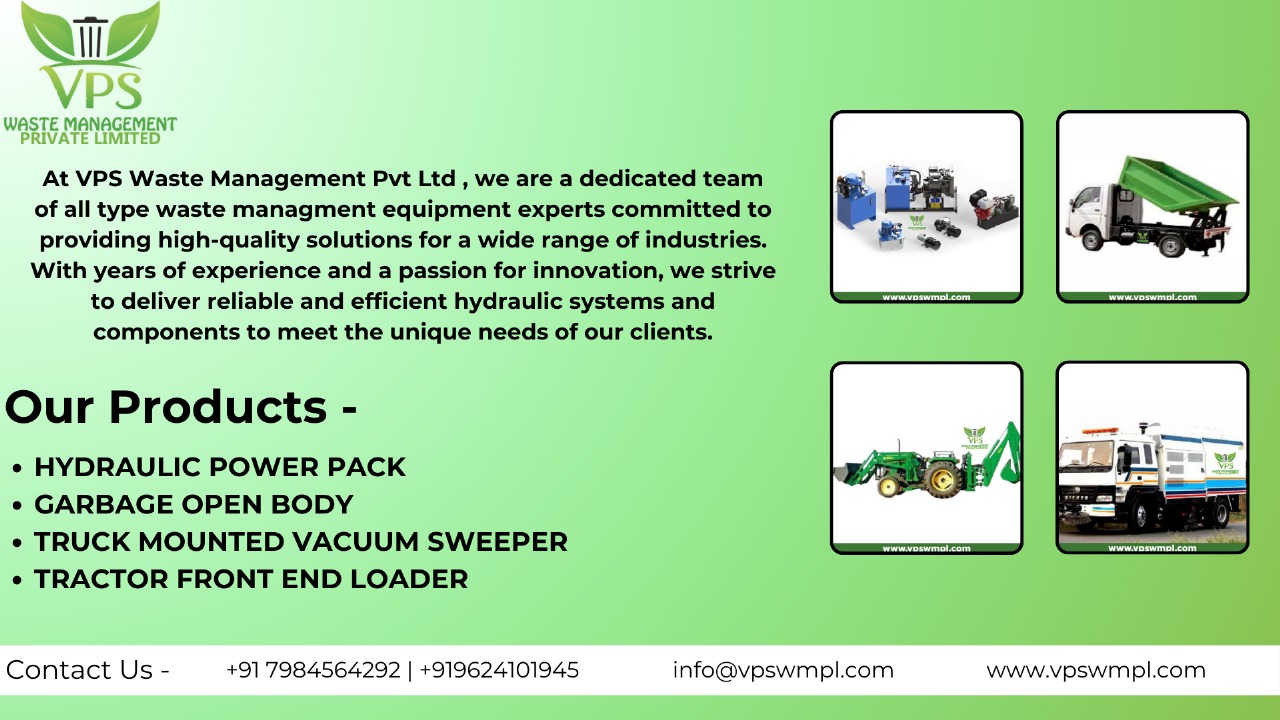Hydraulic Body Equipment
HydraulicBody Equipment refers
to a range of heavy-duty, hydraulic-powered tools and mechanisms used primarily
in the automotive, construction, industrial, and manufacturing sectors for
lifting, pushing, pulling, straightening, and aligning operations. These
systems utilize the force of pressurized hydraulic fluid to perform high-power
tasks with precision, efficiency, and minimal human effort.
Examples include hydraulic jacks, body repair kits, lifts, rams, and presses
used in bodywork repairs, vehicle frame alignment, and heavy component
handling.
Top 10 FAQs about Hydraulic Body Equipment
- What is hydraulic body
equipment used for?
It is used for lifting, bending, pulling, pushing, and aligning heavy components—especially in vehicle body repair and industrial maintenance. - How does hydraulic equipment
work?
It uses hydraulic fluid under pressure to transfer force through cylinders, creating strong and smooth movement. - What are common types of
hydraulic body tools?
Hydraulic jacks, body repair kits, porta powers, spreaders, rams, presses, and hydraulic lifts. - Where is hydraulic body
equipment most commonly used?
In auto repair workshops, construction sites, railways, aviation maintenance, and heavy industries. - Is training required to
operate hydraulic equipment?
Yes, basic training is recommended to ensure safe handling and proper maintenance. - How do you maintain
hydraulic body equipment?
Regular inspection, fluid level checks, seal checks, and cleaning are key to ensuring optimal performance. - Can it be used for both
light and heavy-duty tasks?
Absolutely. Hydraulic tools come in various capacities—ranging from 1 ton to over 100 tons depending on the application. - Are these tools portable?
Many models are compact and portable, especially those designed for automotive or field repair work. - Is there a risk of leakage
or failure?
Properly maintained equipment is safe, but poor seals or overuse may cause leaks. Use certified products to reduce risk. - What’s the difference
between manual and powered hydraulic tools?
Manual tools require hand or foot operation, while powered tools (electric/pneumatic) offer higher speed and less effort.
Applications of Hydraulic Body Equipment
- Vehicle body and frame
repair
- Automobile lifting and
alignment
- Construction and civil
engineering support
- Industrial machinery
maintenance
- Railway and aviation repair
- Mining equipment handling
- Metal fabrication and
pressing operations
- Shipbuilding and marine
equipment maintenance
- Warehouse loading/unloading
systems
- Military and defense
equipment servicing
Benefits of Hydraulic Body Equipment
- High Force Output with
Minimal Effort –
Delivers tons of pressure with simple controls.
- Compact and Efficient Design – Small size but powerful
performance.
- Versatile Functionality – Suitable for pushing,
pulling, lifting, pressing, and bending.
- Time-Saving – Speeds up heavy-duty
repair and maintenance tasks.
- Precision Handling – Provides controlled
movements for sensitive body repairs.
- Portable Models Available – Useful for both workshop
and field applications.
- Durable and Long-Lasting – Built with
industrial-grade materials to handle tough conditions.
- Improved Workplace Safety – Reduces manual handling
and operator fatigue.
- Energy Efficient – Manual and low-power
models consume minimal energy.
- Customizable Kits – Available as modular kits
or single tools for specific needs.
Contact us more details:
Call: +91 7984564292 +919624101945
Email: vpswmpl@gmail.com info@vpswmpl.com
Address: Ahmedabad Office : Shed No. B-21, Shree
Mahalaxmi Estate, Wandervat Talav, Near Shankeshwar Estate, GIDC Vatva,
Ahmedabad - 382440, Gujarat, INDIA

